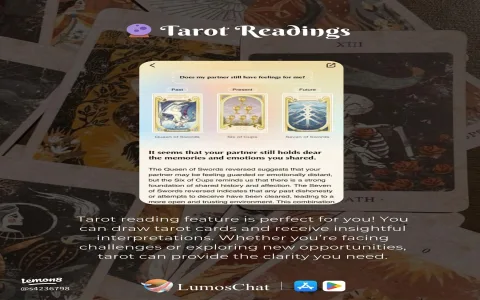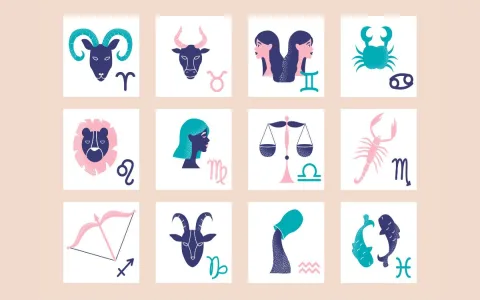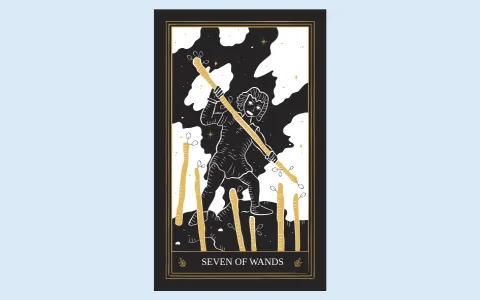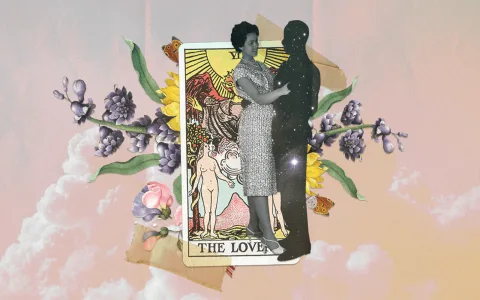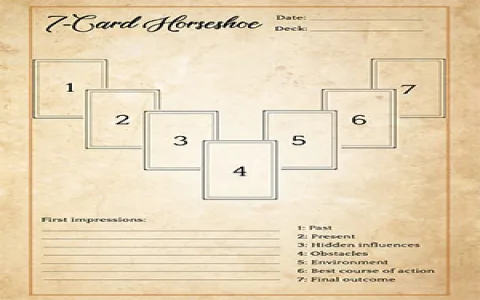Man, I gotta tell you about the Terra Volatile deck. It’s absolutely stunning, right? But trying to actually read with it? That thing just messed with my head for weeks. I bought it because everyone was raving about the intense, layered art. But when I cracked open the little guidebook, I swear, it felt like reading a college-level textbook written for someone who already knew everything about ancient geometry, alchemy, and philosophy. I felt like a total idiot.
I tried doing what I usually do when I get a new deck: I shuffled it a bunch, tried a simple daily pull, and just stared at the card, waiting for the intuitive meaning to hit me. Nope. With my old Rider-Waite-Smith deck, that works fine. With this one? It was a disaster. I pulled the 7 of Cups—which usually means choices or wishful thinking—and the art was so packed with strange symbols, overlapping layers, and geometric patterns that my brain just seized up. I realized I was approaching this the absolute wrong way. I was relying on pure intuition when the deck itself demanded intellectual structure.
The Great Unboxing Failure and the New Plan
The core problem, I realized, was that I was trying to eat the whole meal in one bite. The deck’s creator had layered so much deep meaning into the cards that if you didn’t have the foundation, you drowned in the visuals. I had to stop pretending I was going to magically absorb the entire system overnight. I realized the TV meanings weren’t random; they were heavily tied into standard elemental and numerical foundations, but pushed through a really intense, intellectual filter. I had to go back to kindergarten, basically, but for tarot structure.
First thing I did was dump the fancy guidebook. Seriously, I put it in a drawer. I told myself, “You are going to build your own, dumbed-down, working guide.” I grabbed a fresh, cheap spiral-bound notebook—not some fancy leather journal—and started tearing the deck apart, suit by suit. I didn’t start with the Major Arcana. Those felt too big. I went straight for the Minors.
My goal was to figure out the bare-bones structure. I didn’t care about the complex esoteric links yet. I just wanted to know: If this card showed up, what was the basic, grounded message that couldn’t be argued with?
I spent three solid evenings just on the Suit of Swords and then the Suit of Wands. This is the exact process I forced myself to follow:
- Isolated the number meaning: I looked up standard numerology for 1 through 10 (1 is new start, 4 is stability/stuck, 7 is reflection/hidden action, 9 is completion/fulfillment). I wrote those down big and messy.
- Slapped on the element: Wands are Fire (action/energy), Swords are Air (thoughts/conflict). I wrote that basic energy next to the number.
- Wrote down the core conflict/result: What happens when 4 (stability) hits Air (thoughts)? You get fixed thinking, mental stagnation, or a defensive mental structure. What happens when 3 (collaboration) hits Fire (action)? You get growth through joint effort, or conflict arising from shared goals.
I literally did this for every single minor arcana card first. I didn’t even look at the Terra Volatile art yet during this stage. I just wrote “4 of Swords = Fixed Thoughts/Rest,” or “8 of Pentacles = Focused, Repetitive Effort.”
The Connection Hack: Translating Complexity into Action
Once I had my little cheat sheet for the minors—just the number/element basics—I pulled out the actual cards again. This is where the real learning happened. I would pull one card, look at my simplified note, and then look at the complex TV artwork. I forced myself to bridge the gap.
Take the 3 of Pentacles, for example. My basic note: “Working together on a project.” Then I looked at the Terra Volatile image—which usually shows some intense geometric structure or overlapping spheres. I would then write a single, simple sentence connection next to my note in the book, like: “The overlapping shapes show the necessary layers of skill required for growth and collaboration.” It was a translation exercise. I was taking the complex visual language and mapping it directly back to the simple RWS-based core.
I wasn’t aiming for perfect, academic understanding. I was aiming for speed and accessibility. If I could get from complex Card Art to a usable Simple Meaning in three seconds during a live reading, I won.
I carried the deck and that notebook everywhere for almost two weeks. Seriously, I was sitting in line at the grocery store, and I pulled the Hierophant out of my pocket, just staring at it, connecting the traditional concepts of structure and teaching to the intense visual complexity of the card. People probably thought I was nuts, but I didn’t care. That time I spent just passively observing and connecting was gold. I was constantly practicing the “Simplify then Connect” routine.
The major arcana required a slightly different approach, focusing more on archetypes and the journey, but the core method was the same: Simplify the core idea, then connect it to the complexity. Don’t start complex. Start with a simple brick and use the TV complexity as the fancy paint job.
It took me about ten days to feel like I wasn’t fighting the deck anymore, but rather working alongside it. I went from staring blankly at a visually overwhelming image, feeling frustrated and wanting to shelve the deck, to having a robust, if rudimentary, system for interpretation. Now, when I pull that tough 7 of Cups, I don’t see confusing lines; I see the underlying structure of choices being masked by intense, overwhelming mental distractions (that Air element acting up). If you’re struggling with a visually overwhelming deck, don’t just read their book; you have to write your own practical guide first.

